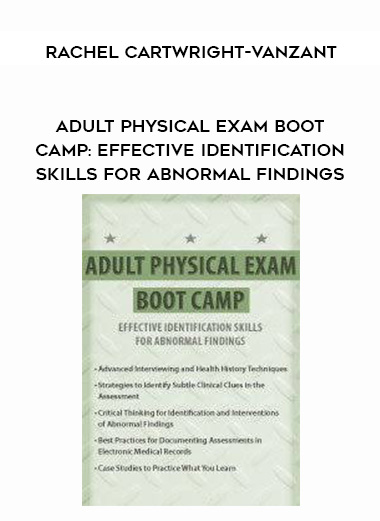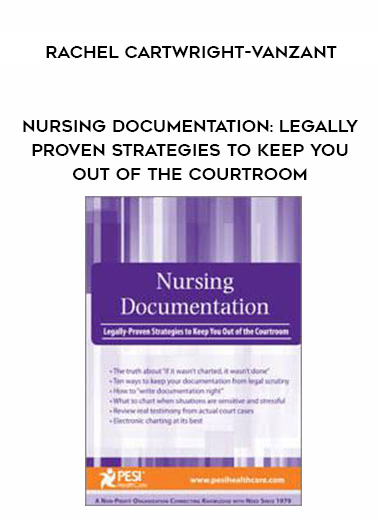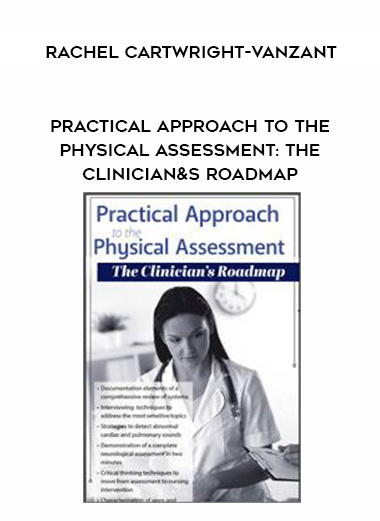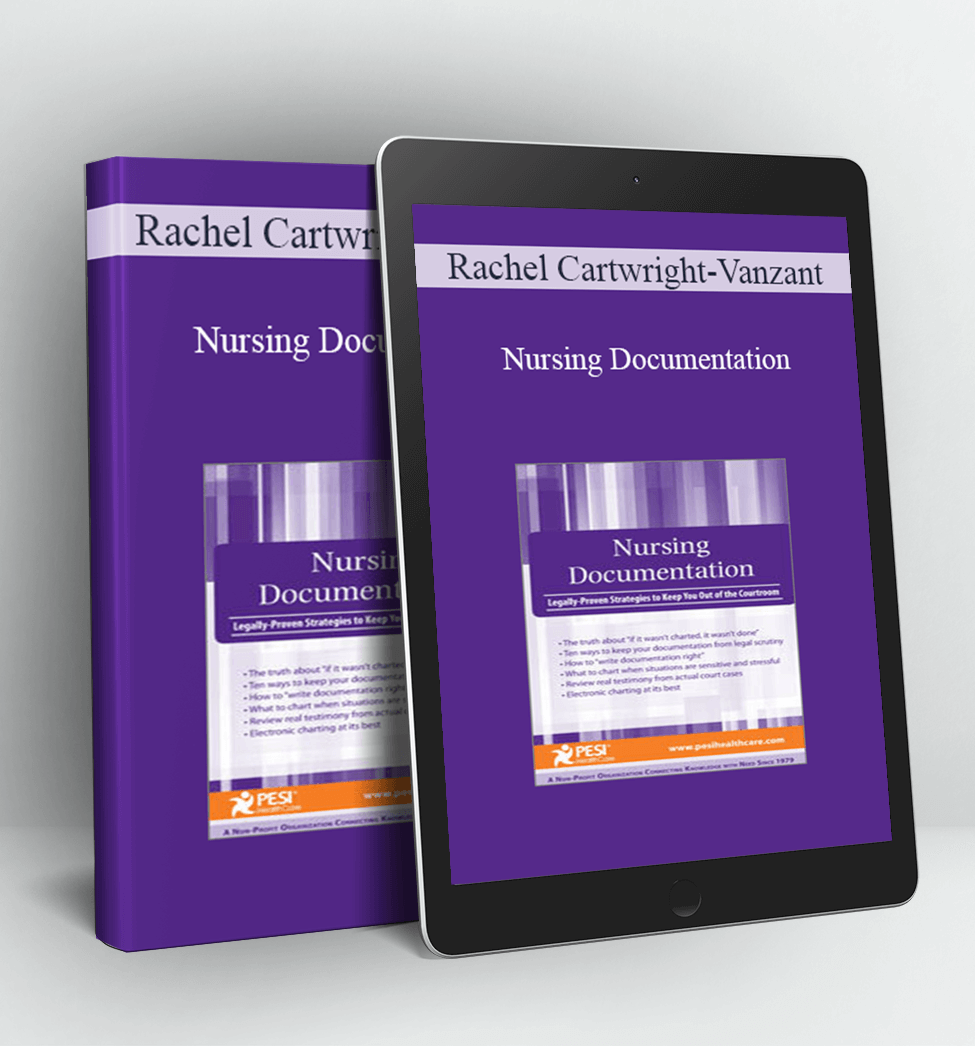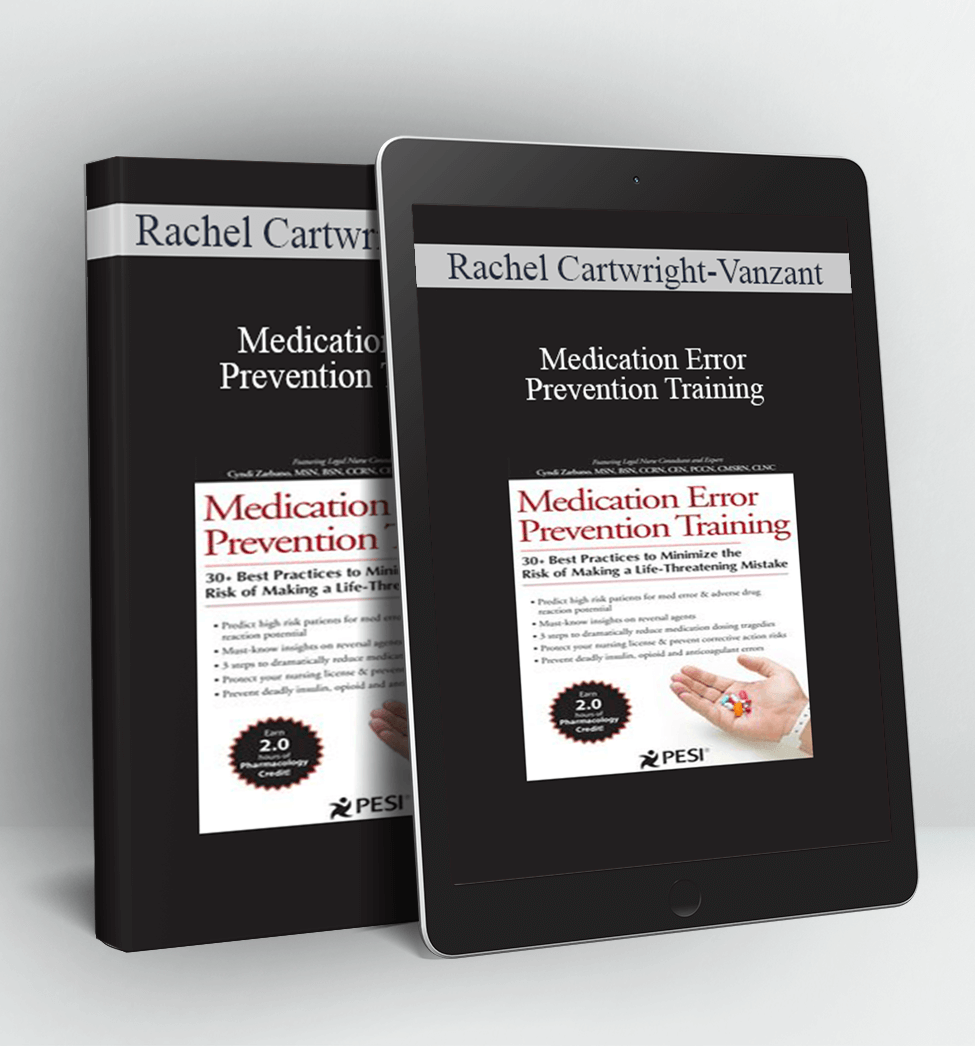
Adult Physical Exam Boot Camp: Effective Identification Skills for Abnormal Findings – Rachel Cartwright-Vanzant
- Advanced Interviewing and Health History Techniques
- Strategies to Identify Subtle Clinical Clues in the Assessment
- Critical Thinking for Identification and Interventions of Abnormal Findings
- Best Practices for Documenting Assessments in Electronic Medical Records
- Case Studies to Practice What You Learn
Do you find yourself often questioning the significance of symptom findings in your patient’s history or physical exam? Whether you are a novice or expert, have been in practice for a few years or decades, recognizing abnormal findings on a physical exam and intervening effectively can be a challenging skill for any healthcare provider to master. Without these skills, you could be putting your patient, and your license, at risk.
Join nationally-recognized speaker, Rachel Cartwright-Vanzant, MS, RN, CNS, LHRM, LNCC, to hone your physical assessment skills using a variety of methods, including sample charting, discussion of differential symptom analysis and clinical case studies. Enhance your current interviewing and examination techniques, critical thinking skills, and learn new fun mnemonics to advance your skills in the recall of many clinical conditions. Leave this seminar with increased confidence in your abilities to assess symptoms, document your findings to protect the patient and yourself, and how to move forward and intervene to ensure the best outcomes for your patient.
OUTLINE
Part 1: Interviewing and History Taking Techniques
- Health Care Delivery Systems
- Electronic Medical Records/Meaningful Use
- Critical Thinking Skills
- Assessment
- Nursing Diagnosis
- Planning and Outcome Identification
- Implementation
- Evaluation
- The Patient Health History
- Health Literacy
- Family Histories
- Sensitive Topics
- Substance Use
- Cultural/Spiritual Assessments
- Reproductive Histories
Part 2: The Physical Exam
- Current Approved Abbreviations
- Techniques to Identify Subtle Clinical
- Clues
- Skin
- Alterations in Skin color
- Lesions
- Excessive moisture
- Edema
- Hair distribution
- Nails
- Head and Neck
- Abnormal facial features
- Refractive errors
- Abnormal breath odors
- Lip lesions
- Thorax and Lungs
- Respiratory landmarks
- Breath sounds
- Abnormal findings
- Heart and Vascular System
- Cardiac landmarks
- Heart tones
- Terms associated with cardiac assessment
- Abnormal findings
- Carotid arteries
- Abdominal aortic aneurysm
- Murmurs
- Abdomen
- Landmarks
- Abdominal sounds
- Abnormal findings
- Masses
- Bowel obstruction
- Circulatory obstruction
- Bruit
- Musculoskeletal System
- Tone and strength
- Abnormal findings
- Degenerative joint disease
- Decreased ROM
- Neurologic System
- Mental Status Exam
- Cranial Nerve Assessment
- Glasgow Coma Scale
- Dermatome map
- Reflex Grading Scale
Case Studies
- Pressure Ulcers
- Pulmonary Embolism
- Acute Coronary Syndrome
- Abdominal Aortic Aneurysm
- Gall Bladder
- Rheumatoid Arthritis
- Stroke
- Head Injury
OBJECTIVES
- List eight system elements included in a review of systems.
- Explain the critical components for describing a lesion.
- Differentiate normal from common abnormal findings in a physical assessment of the integumentary system.
- Identify critical values for PaO2 and SpO2.
- Identify signs and symptoms of inadequate oxygenation.
- Recognize at least three cues to respiratory abnormalities.
- Name at least three cues to cardiac abnormalities.
- Discuss possible etiology and significance of common cardiovascular assessment abnormalities.
- Recognize locations of structures in regions of the abdomen and signs and symptoms of abdominal complications based on location.
- Differentiate between small and large intestinal obstructions.
- Discuss possible etiology and significance of common assessment abnormalities of the musculoskeletal system.
- Apply mental status exam, cranial nerve assessment, Glasgow Coma Scale, dermatome map and reflex grading scale to the neurological exam.

